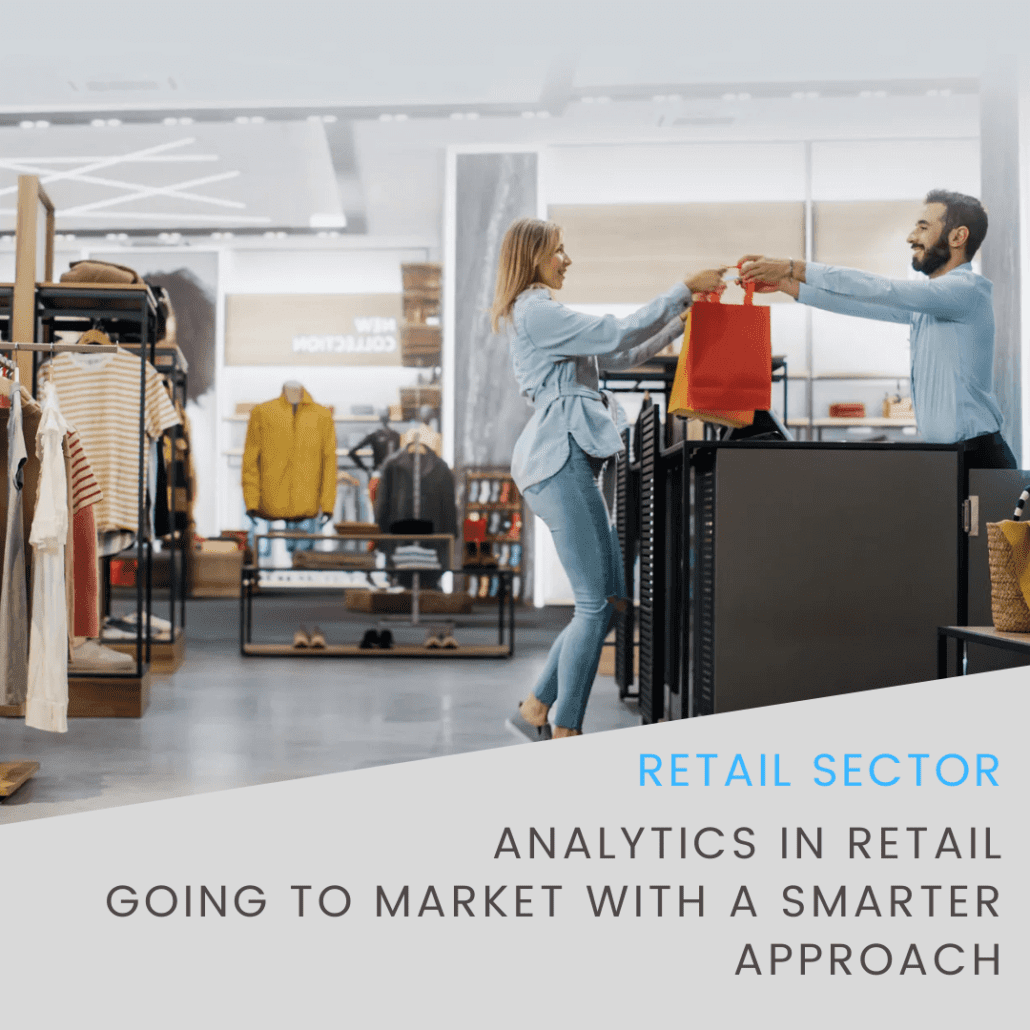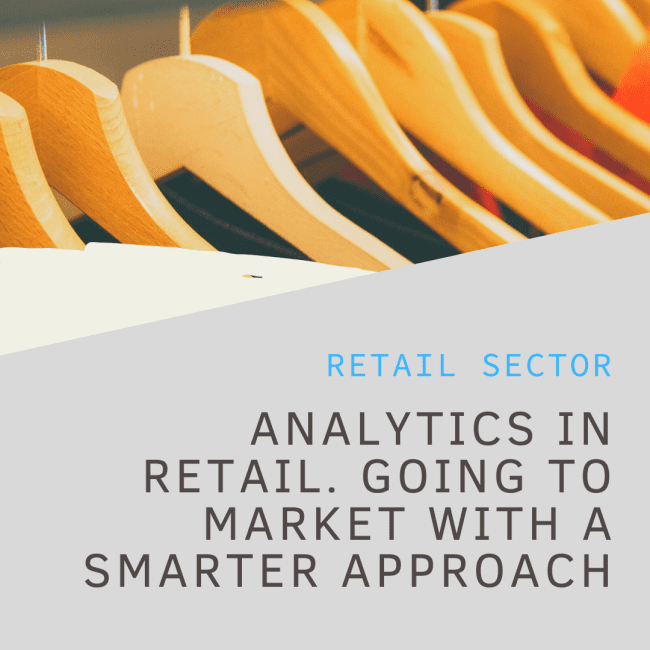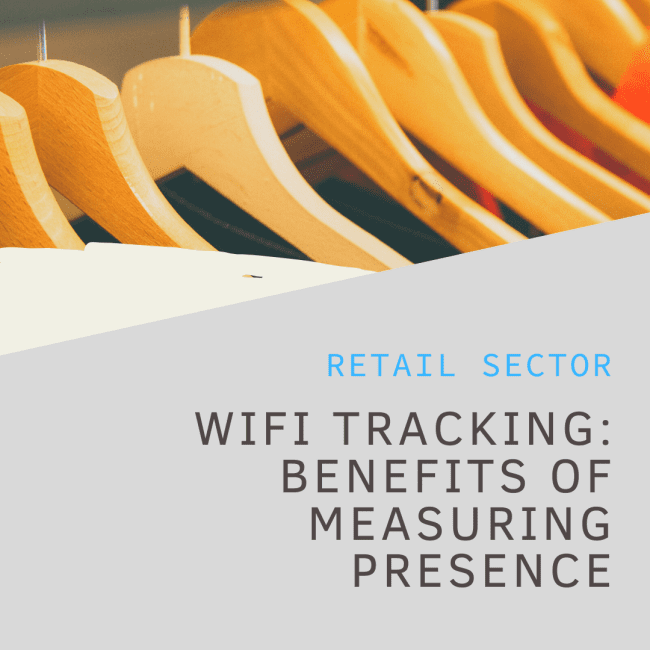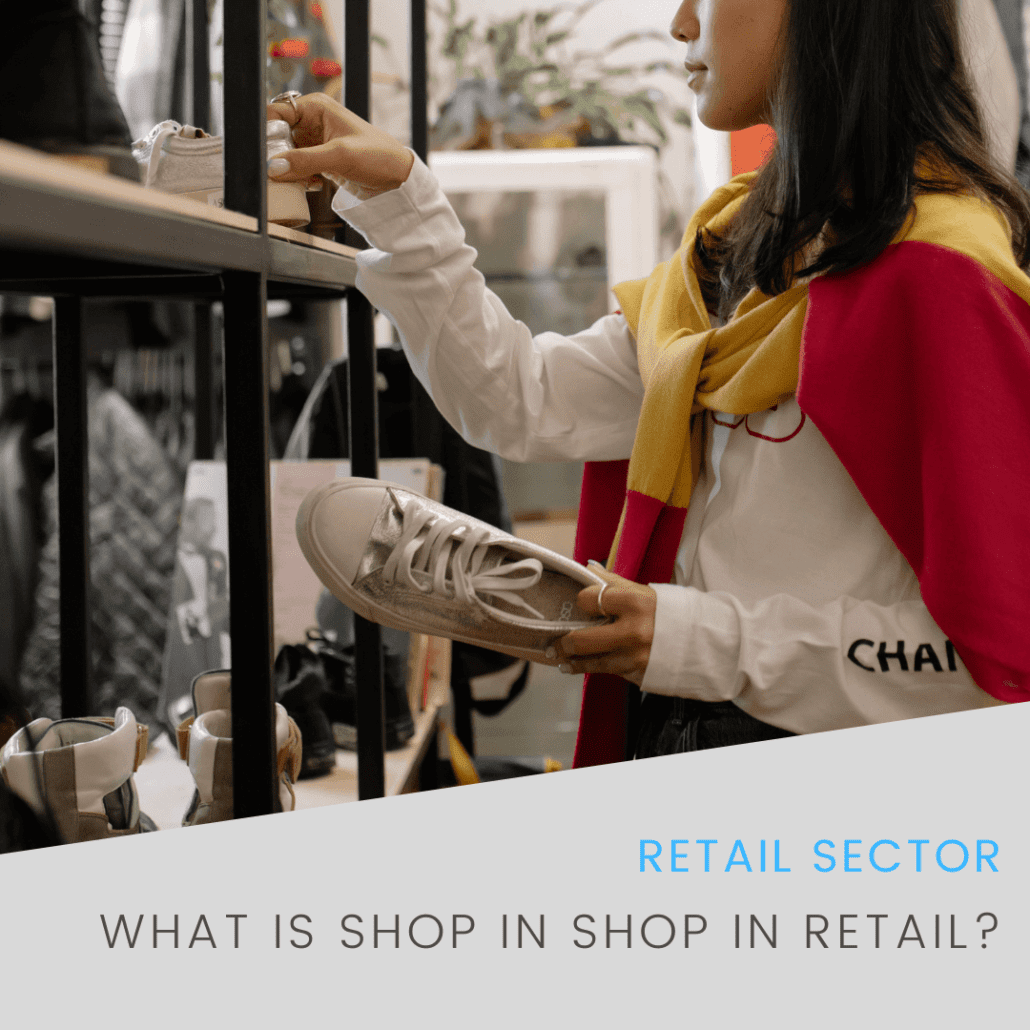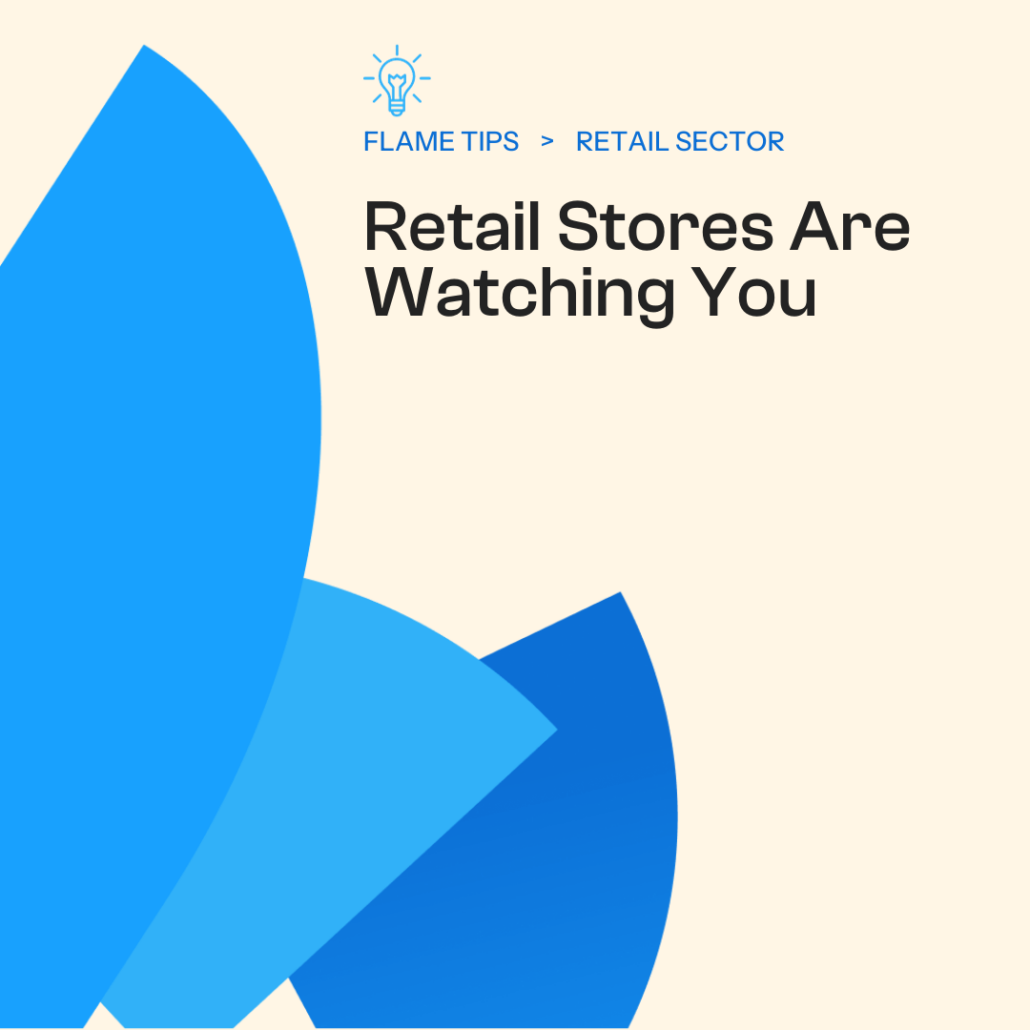The retail sector has seen considerable change in this uncertain economy. Highly informed and more demanding customers are challenging retailers to consider new ways of tapping into their data to answer the “crunchy questions” that can hold the key to improving performance. As the questions become more complicated to answer, retailers require in-depth insights to effectively manage and forecast future performance. Here we highlight the power of analytics in retail sector.
Oftentimes, the questions are enterprise-wide in nature; traditional siloed analysis is simply not enough:
- Who are the next 1,000 customers we will lose — and why?
- Which suppliers are most at risk of going out of business?
- Which customers are our biggest influencers?
- Will our workforce profile match our needs in two years?
- How will demographic shifts affect our market share?
- Which high-performing associates are we at risk of losing?
Advanced analytics represent a portfolio of tools, techniques, and organizational capabilities that can be applied to specific decisions across a wide range of business concerns. This article highlights six key areas where retailers can apply analytics to drive value for their stakeholders.
How to apply analytics in retail
1. Inventory Management
Effective inventory management is a cornerstone of retail success. Analytics can help retailers optimize their inventory by forecasting demand, identifying slow-moving items, and minimizing overstock or understock situations. By analyzing historical sales data, seasonality trends, and external factors such as weather, retailers can ensure that they have the right products in stock at the right time, reducing carrying costs and increasing profitability.
2. Customer Segmentation and Personalization
Understanding customer behavior is crucial for retailers looking to tailor their offerings and marketing strategies. Analytics can segment customers based on their demographics, purchasing history, and browsing patterns. Retailers can then use this information to create personalized marketing campaigns, recommend products, and improve the overall shopping experience. Personalization not only increases customer satisfaction but also drives higher conversion rates and loyalty.
3. Pricing and Promotion Optimization
Analytics can assist retailers in setting optimal pricing strategies and designing effective promotions. Dynamic pricing models use real-time data to adjust prices based on factors like demand, competitor pricing, and inventory levels. Additionally, retailers can evaluate the success of past promotions through A/B testing and fine-tune their future marketing efforts to maximize return on investment (ROI).
4. Supply Chain Optimization
Efficient supply chain management is essential for reducing costs and ensuring product availability. Retailers can use analytics to optimize logistics, track inventory in transit, and identify potential bottlenecks. Predictive analytics can anticipate supply chain disruptions, enabling retailers to take proactive measures and maintain uninterrupted operations.
5. Fraud Detection and Loss Prevention
Retailers are vulnerable to various forms of fraud, including shoplifting, employee theft, and online payment fraud. Analytics-powered fraud detection systems can monitor transactions, identify anomalies, and trigger alerts when suspicious activity is detected. This not only reduces financial losses but also helps create a secure shopping environment for customers.
6. Store Layout and Customer Flow
The layout of physical stores can significantly impact customer experience and sales. By analyzing in-store data, such as foot traffic patterns and customer movement, retailers can optimize store layouts, product placement, and signage. This leads to improved customer engagement and increased sales per square foot.
The power of analytics in retail
In days gone by, a shopper’s experience began by crossing the threshold of a store and ended with the sliding slam of the till. But today’s consumer begins shopping well before setting foot in a store, if ever. And with smart phones, tablets and social media, the retail experience continues long after the transaction is complete.
Tomorrow’s retailers need to provide their customers with new ways to interact and shop, while at the same time meeting the perennial challenges of the business: winning consumers while driving down costs.
